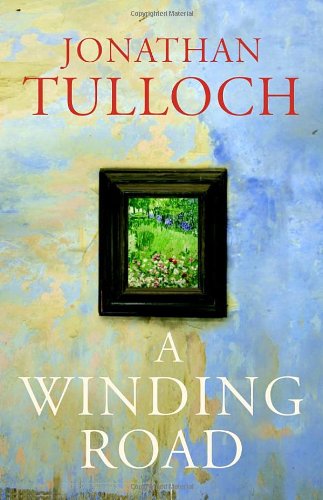A Winding Road
The circumstances surrounding a masterpiece’s creation – witness Vermeer’s Girl with a Pearl Earring – is fertile ground for fiction writers. In A Winding Road, Jonathan Tulloch takes us to Auvers-sur-Oise in the summer of 1890, during the final weeks of Van Gogh’s life, surrounded by eccentric aspiring painters, and patients of his doctor. This is one of three strands in the book. In contemporary London, art expert Piers Guest swans in his white suit around cafes, galleries and hotels with rich artists, financiers and nubile women, returning to his wife and daughter in Chelsea. In the 1930s Black Forest, Ernst Mann subverts folk tales to corroborate Nazi racial theories and save his harelipped daughter. Linking the storylines are two works of art from the Auvers period, and the theme of humanity’s extreme deprivation, physical depravity, the shabbiness beneath the allure, versus the drive to create something sublime.
The Auvers scenes are beautifully done, with a reeking Van Gogh’s tormented genius as he plays with himself, while trying to complete Wheat Field with Crows. The German scenes are convincing: the fear and stubbornness of the 1930s, and the ghastly outcome for the Mann family. Piers, however, is shallow and unlikeable. The only sympathy I felt was as he struggled to discover about his father’s death thirty years before and it became apparent that as a child he was never allowed to grieve. In his scenes, we are quickly into John Le Carré territory, and this scrambled my brain as I tried to keep hold of the threads. It made for an unsatisfactory read – I reached the end, immediately plunged back into the book, certain I had missed something, trying to find – unsuccessfully – answers to several questions.
Clever, but certain parts better than the whole.










